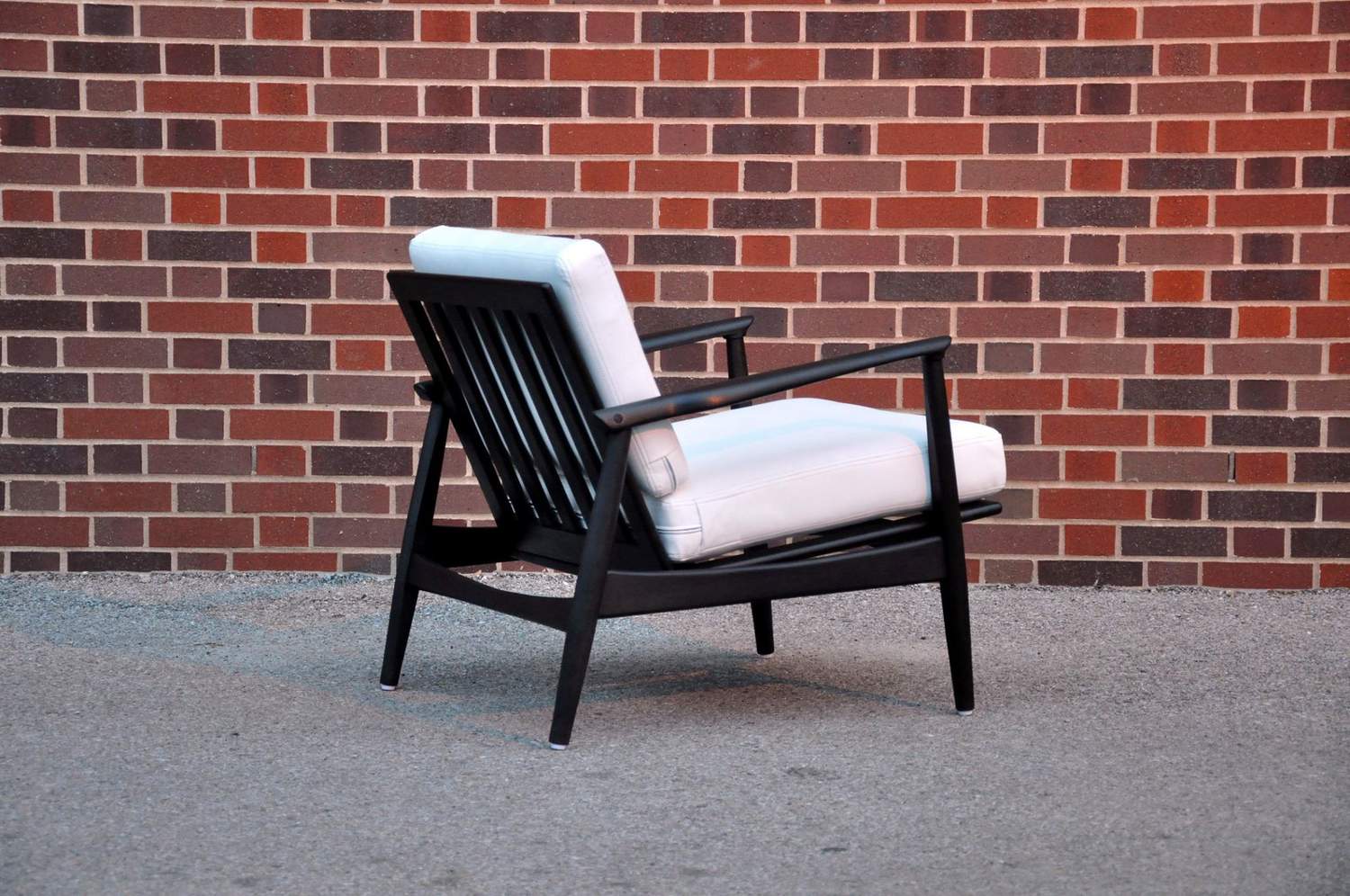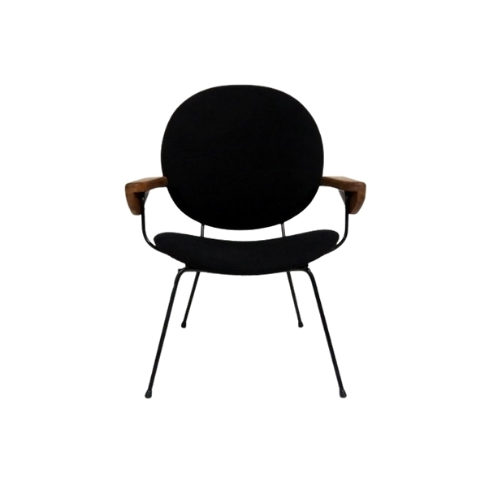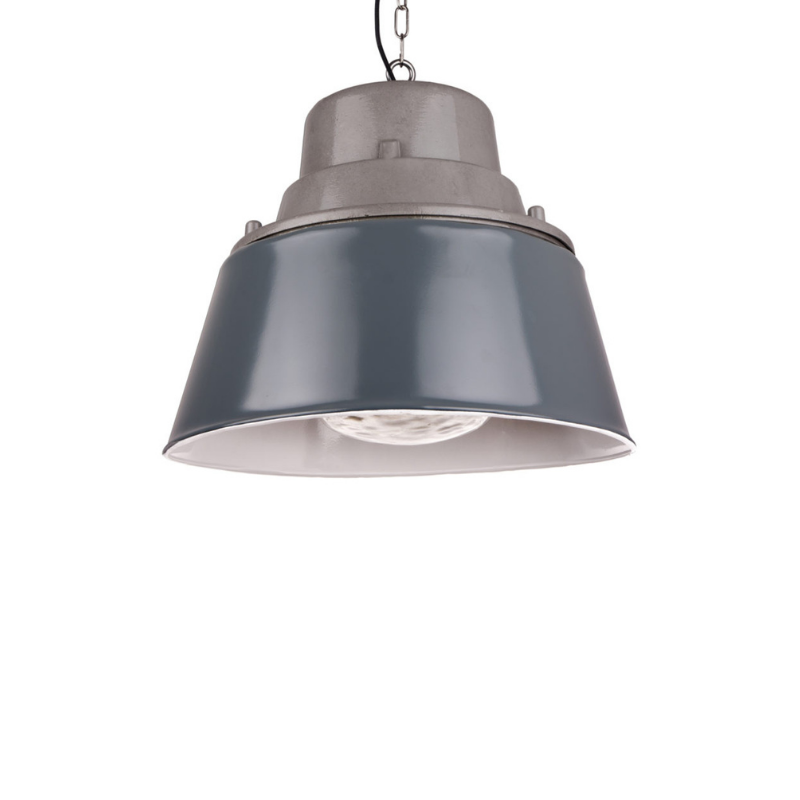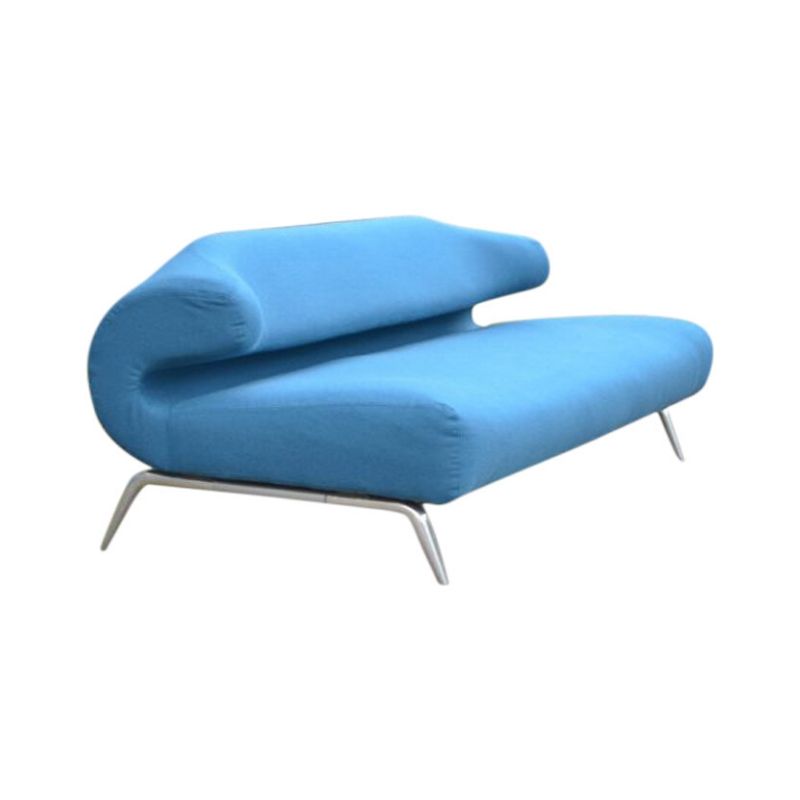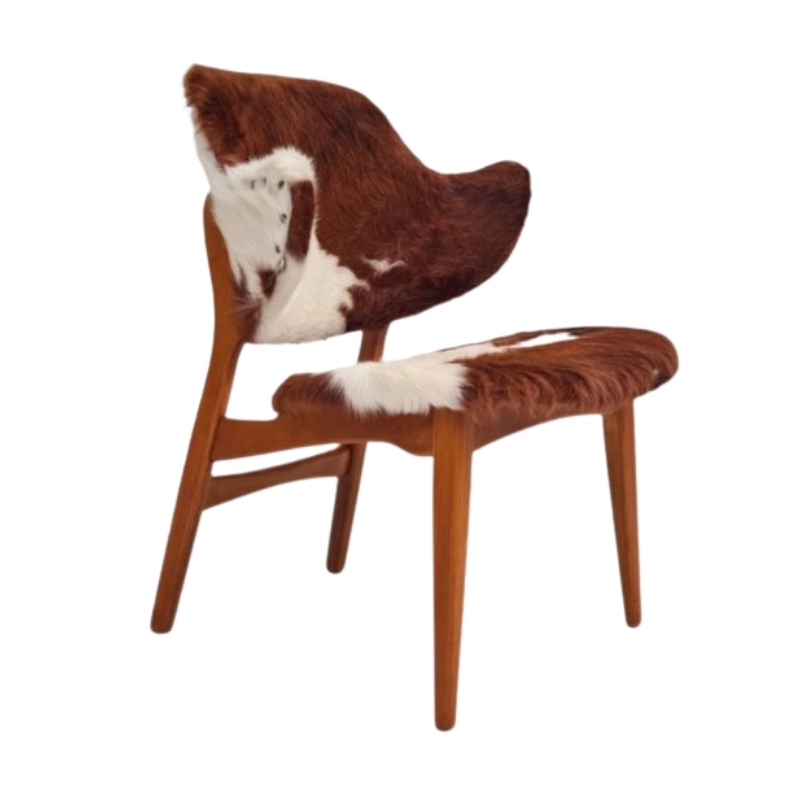Thanks Spanky, great info.
I am assuming most of the inks are water or alcohol based, what do you do about grain raising after application? There is obviously danger of sanding through the ink finish, but how high is that danger? Light sanding between coats and after final coat with 220, or steel wool (0000 or 000)?
BTW, was I correct in thinking that MCR is your site?
Thanks for all of your insight! I am certainly reverent of your amazing restoration resume!
As far as I know, permanent India ink is mostly water with a small amount of shellac added to it to make the ink permanent enough to withstand watercolor paint and whatever else an artist might use on a drawing. There's also non-permanent India ink but you don't want that.
I think the degree of how much the grain is raised probably depends more on the wood...? Or maybe how well it's sanded before you add the ink? I'm not sure. The most I've had to do after applying the ink is a light sanding with 180, or with #0000 steel wool, but sometimes it doesn't seem to raise the grain at all and after the hard buffing with paper towels the wood is very smooth. You'll just have to see how it goes with your piece. It's a very forgiving finish, very easy to do compared to most others.
Yes, the light sanding will remove some of the ink, but not all. That's why you will need the 2nd application of ink.
And yes, you were right in your assumption but I'm here strictly as a civilian!
Zephyr... I have had great results with black leather dye for ebonizing. It is an alcohol-based aniline dye, so it doesn't raise the grain. I use the Fiebings brand. I've also done the India Ink thing, and it does work, but I think I was a little heavy-handed with it and it came off more like paint to me.
mgee, Thanks for the additional ideas. I will definitely try a couple of these out on some scrap wood and see which I like working with the best before I do my chair.
Also, just a note, alcohol can raise the grain as well. If you have ever put down a heavily cut coat of shellac, you might have experienced this .... not that an analine dye will necessarily have enough alcohol to raise it, in this case.
It has occurred to me that Liebings leather dye might work nicely on wood. By reputation it many not be very colorfast. India ink will be much more colorfast. India ink will have to be somewhat closer to the effect of paint though, as it is depositing a pigment layer (carbon) over the surface in sufficient quantity to be opaque.
I imagine that if you wet the wood well with a Quebracho bark powder teak (extremely high in tannins), then apply iron sulfate (or iron acetate) you will get a jet black and it will not obscure the grain at all, because the black molecules will be inside the surface of the wood. This is a version of the traditional technique for ebonizing wood. Some light sanding will be necessary with this technique to knock the grain back down.
And I don't think 100%pure alcohol will raise the grain of wood, but we almost never see pure alcohol because it is very difficult to remove the last 4% of water from ethyl or methyl alcohol. So the denatured alcohol used to dissolve shellac has a bit of water in it. That water will definitely raise the grain.
If you need any help, please contact us at – info@designaddict.com


